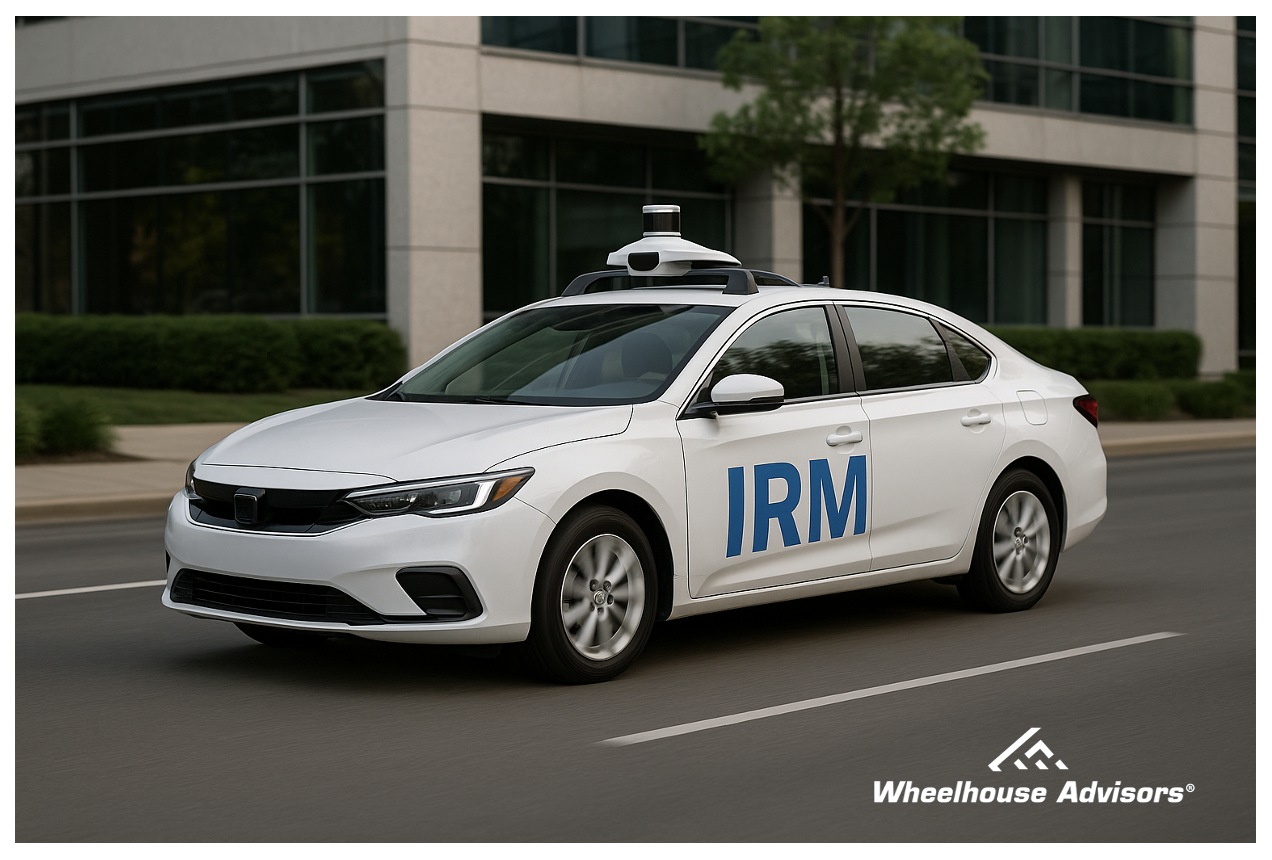
Click here to access subscription content at The RTJ Bridge - The Premium Version of The RiskTech Journal
〰️
Click here to access subscription content at The RTJ Bridge - The Premium Version of The RiskTech Journal 〰️
The RiskTech Journal
The RiskTech Journal is your premier source for insights on cutting-edge risk management technologies. We deliver expert analysis, industry trends, and practical solutions to help professionals stay ahead in an ever-changing risk landscape. Join us to explore the innovations shaping the future of risk management.

Palo Alto Networks CEO Warns of AI Agent Risks
On CNBC yesterday, Palo Alto Networks CEO Nikesh Arora issued one of the most direct warnings yet about the risks of enterprise AI agents. He noted that in the near future, “there’s gonna be more agents than humans running around trying to help you manage your enterprise.” If true, that represents not only an IT transformation, but a fundamental shift in the risk surface of every large organization.

Generative AI Is Steering Banks Toward Autonomous IRM—But the Bridge Isn’t Finished Yet
When McKinsey & Company published “How generative AI can help banks manage risk and compliance” in March 2024, it put blue-chip credibility behind a growing consensus: large-language models and related GenAI tools will automate swaths of the three-lines-of-defense and up-end conventional governance, risk, and compliance (GRC) workflows. What McKinsey did not say—but unmistakably implied—is that the old compliance-first paradigm is now on borrowed time. The firm’s use-case catalogue—from virtual regulatory advisors to code-generating “risk bots”—maps neatly onto the early layers of Autonomous Integrated Risk Management (IRM): continuously sensing risk, generating controls, and feeding decision-grade insight back into the business.
Yet the report also reveals a tension. McKinsey still frames GenAI as a helper inside discrete risk silos, guarded by human-in-the-loop checkpoints. Autonomous IRM envisions something bolder: an AI-directed control fabric that dissolves those silos, embeds itself in front-line processes, and—over time—lets the machine take the first swing at routine risk decisions while humans govern the exceptions.

Avatars in Armani — How AI Analysts Are Reshaping the Future of Finance & Risk Management
When UBS digitally cloned three dozen equity analysts into AI-generated avatars, it wasn’t just experimenting with client communications but sounding the opening bell on a new era in financial services. This wasn’t deepfake theatre or AI as a back-office assistant. It was artificial intelligence stepping into the polished shoes of the investment banker.
The avatars, trained to deliver short videos based on research notes—complete with facial expressions and gestures—represent a subtle but significant shift. UBS reports that clients respond to them as positively as traditional analysts, even if the result feels slightly uncanny.

The Future of Risk Management - How AI Agents Are Transforming IRM
Artificial Intelligence (AI) agents are revolutionizing Integrated Risk Management (IRM) by enabling organizations to detect, analyze, and mitigate risks autonomously. Unlike traditional risk management frameworks that rely heavily on manual assessments and static controls, AI-driven solutions enhance speed, accuracy, and adaptability, reducing financial losses, security breaches, and compliance failures.

The Challenges of AI Agents and Why Risk Management Matters
Artificial intelligence (AI) agents are being promoted as game-changers for businesses, helping automate tasks, reduce costs, and improve efficiency. However, recent research from CB Insights shows that many companies using AI agents face three significant problems: unreliable performance, complex integration with existing systems, and lack of uniqueness among different AI solutions. These issues highlight why businesses need Integrated Risk Management (IRM)—a structured way to handle risks related to AI, including security, compliance, and performance challenges. Without proper oversight, AI agents can cause more harm than good.
